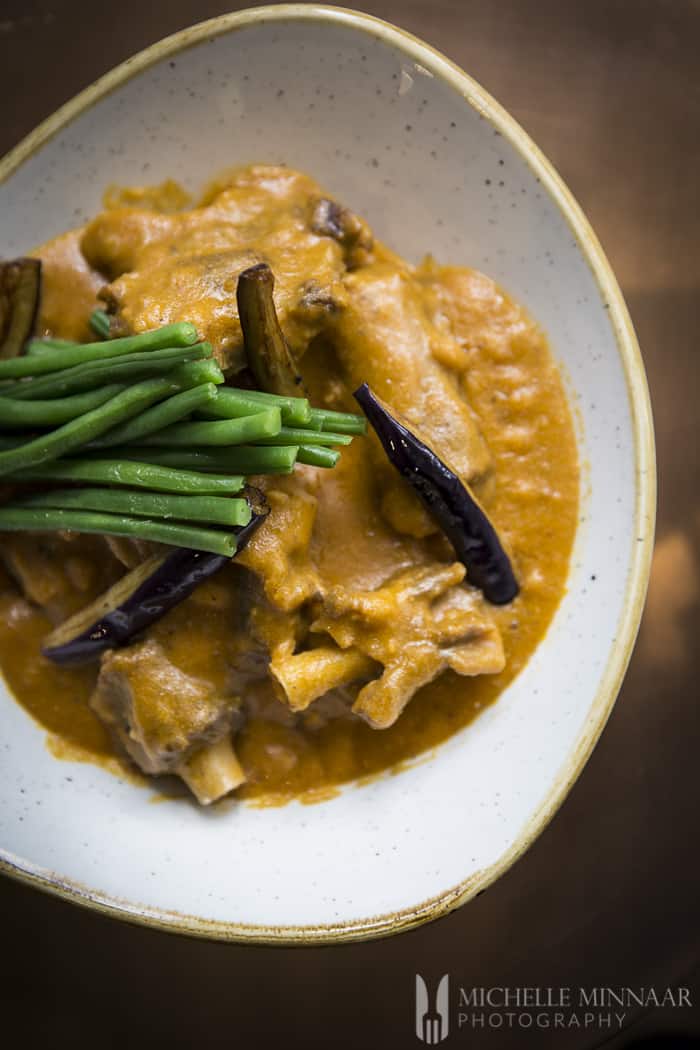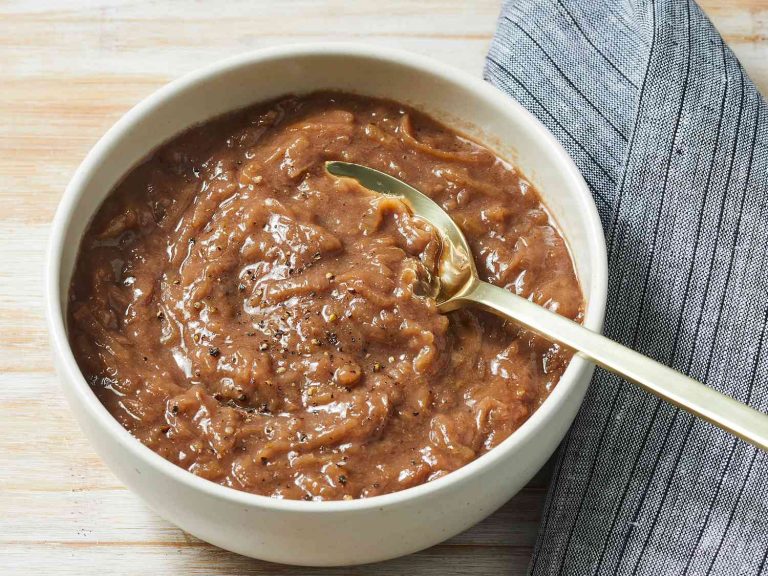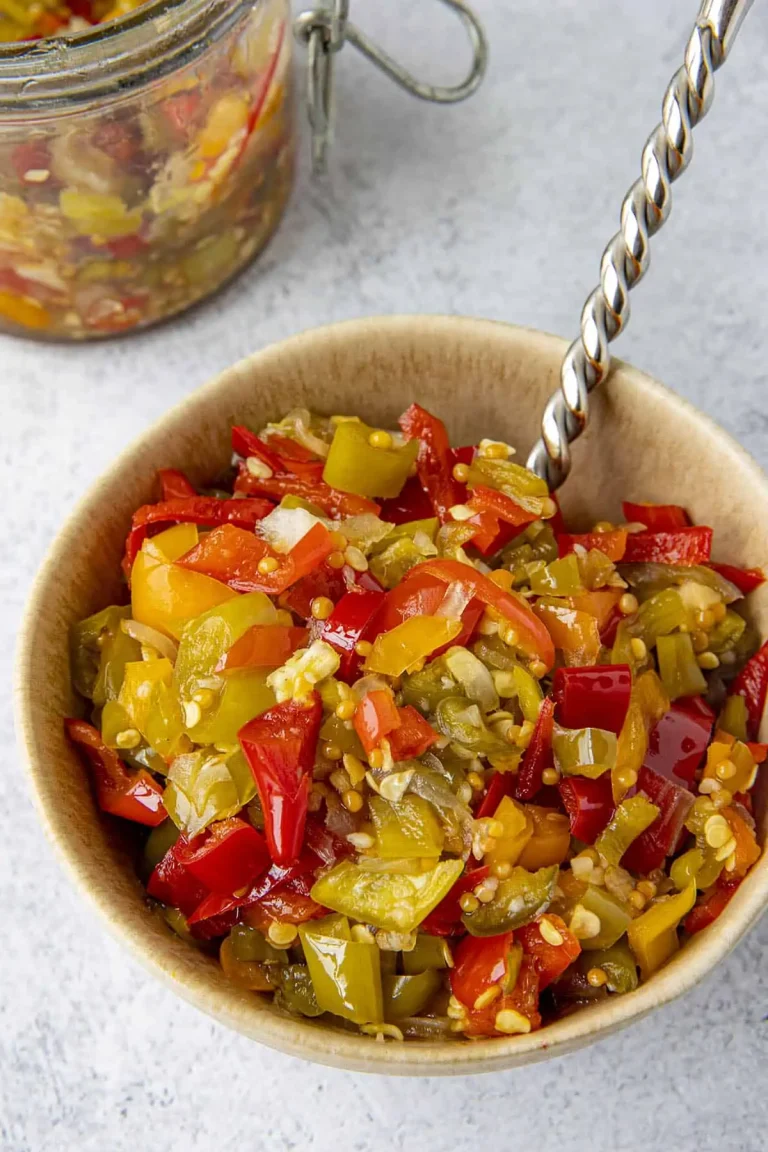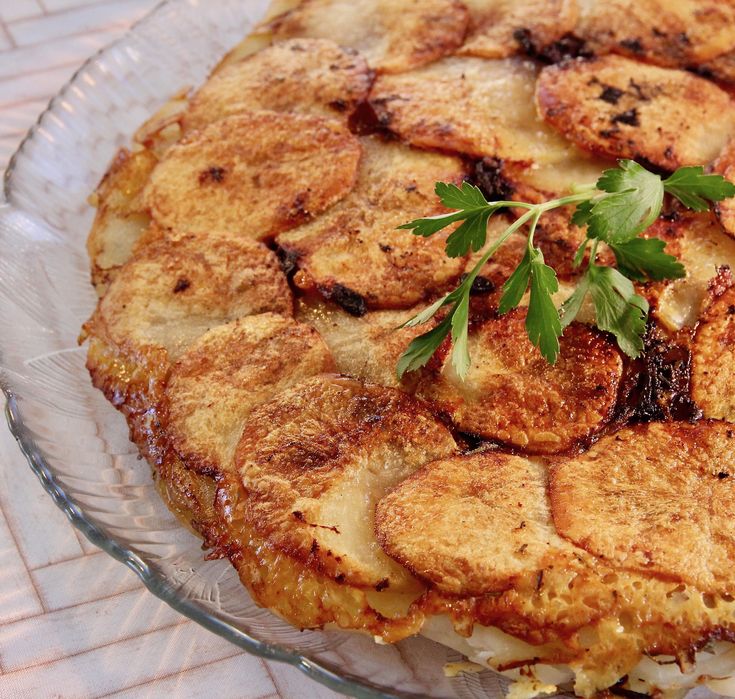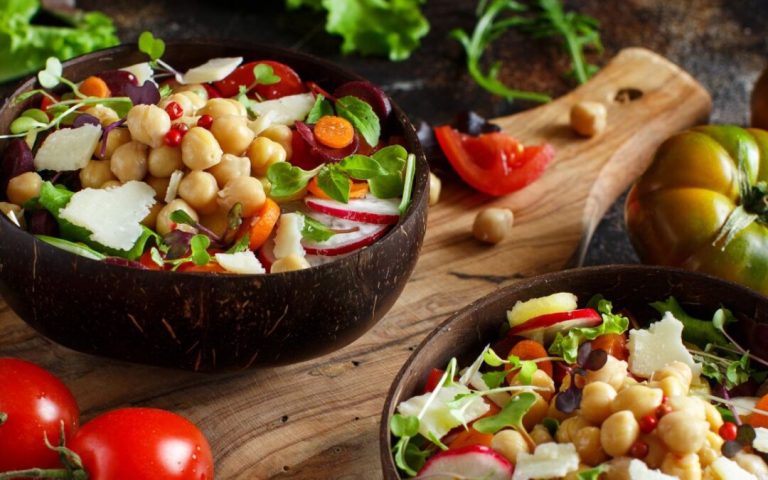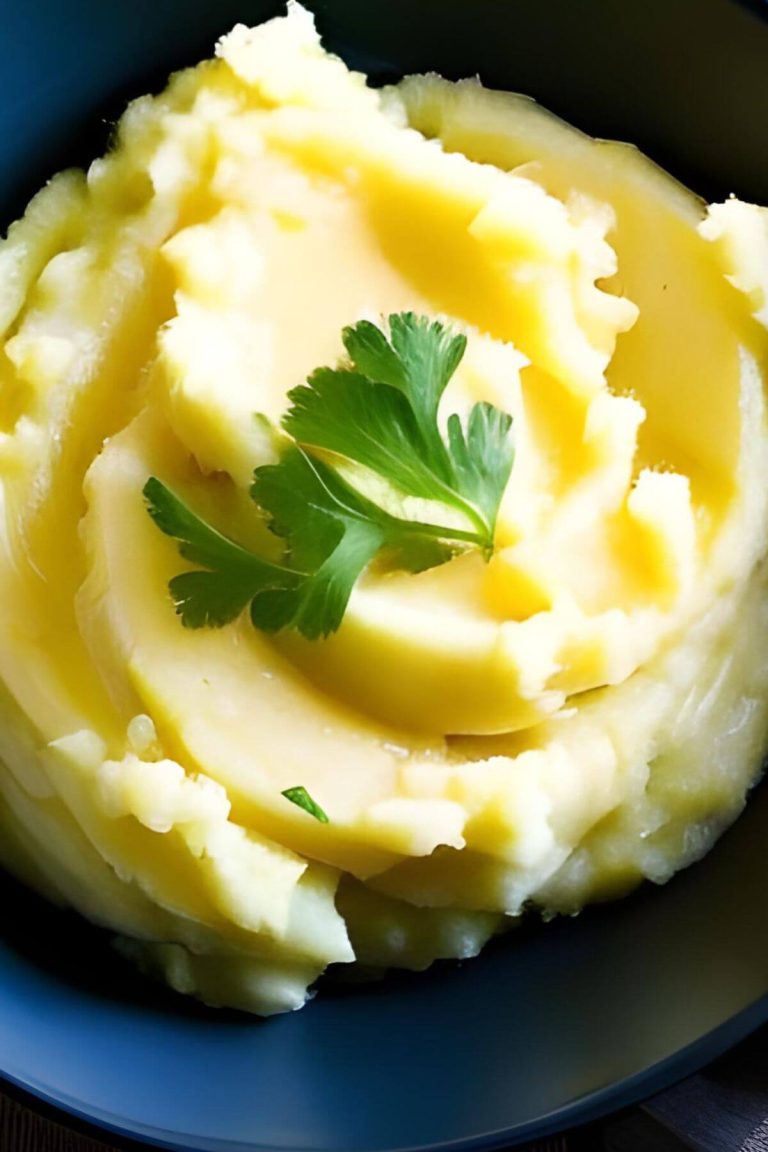Kare Kare Pata Oxtail Stew: Origins, Cooking Tips, and Perfect Pairings
Kare Kare, originating from the Philippines, traces its roots to the indigenous communities of Luzon island. This dish, traditionally prepared during festive occasions, showcases the Filipino’s love for hearty, flavorful stews. Spanish colonizers influenced the recipe by introducing peanuts, which became a key ingredient in its creamy sauce. Historians also suggest that the dish was a staple among Filipino Moros before the Spanish era. Each region in the Philippines brings its twist to Kare Kare, using locally available vegetables and variations of meat, making it a versatile and beloved Filipino cuisine.
The Role of Oxtail in Filipino Cuisine
Oxtail ranks highly in Filipino cuisine, especially in rich, flavorful dishes like Kare Kare. Known for its gelatinous texture, oxtail imparts a unique richness to the stew. Filipinos value the slow-cooking process, ensuring the meat becomes tender while naturally thickening the broth. This oxtail tradition highlights the Filipino practice of maximizing flavor and nutrition from every part of the animal. By combining oxtail with a peanut-based sauce, vegetables like eggplant, banana blossoms, and string beans amplify the dish’s texture, creating a hearty and satisfying meal.
Essential Ingredients of Kare Kare Pata Oxtail Stew
Oxtail: The Star Component
Oxtail provides the gelatinous texture that defines Kare Kare Pata Oxtail Stew. Often simmered for hours, it becomes tender and flavorful. The bones release collagen, enriching the stew’s consistency. Oxtail is essential for the dish’s rich, hearty profile.
The Unique Blend of Spices and Peanuts
Traditional Kare Kare uses roasted peanuts and peanut butter for its creamy, nutty base. Spices include annatto seeds for color, garlic for depth, and black pepper for mild heat. These elements combine to deliver a robust, savory flavor that enhances the oxtail’s richness.
Cooking Techniques for Perfect Kare Kare
Traditional vs. Modern Methods
Cooking Kare Kare with traditional methods involves slow cooking the oxtail for hours. This method ensures that the meat becomes tender and releases its natural collagen, which thickens the stew. Traditionally, Filipinos use a clay pot to enhance the flavor, giving the stew an earthy undertone. Additionally, ground roasted peanuts and peanut butter are used to create a rich, nutty sauce, with annatto seeds providing their characteristic color.
Modern methods, on the other hand, often incorporate pressure cookers or Instant Pots to reduce cooking time significantly. These methods still maintain tender meat and flavorful broth, but they save you time and effort. Modern recipes may also use pre-made peanut sauce or powdered peanut butter for convenience, allowing you to achieve the same depth of flavor with less preparation.
Tips for Achieving the Perfect Consistency
Achieving the perfect consistency in Kare Kare involves balancing the thick sauce and the tenderness of the meat. To do this, ensure the oxtail is simmered or pressure-cooked until it almost falls off the bone. When thickening the sauce, consider blending the peanut butter with a small amount of broth before adding it to the pot. This prevents clumping and ensures a smooth texture.
Incorporate cornstarch or rice flour if you need a thicker sauce. Mix them with cold water before adding to the stew, stirring constantly to avoid lumps. Additionally, monitor the stew as it cooks; adding more broth if it gets too thick or letting it reduce further if it’s too thin. Adjust seasonings at the end, ensuring a balanced, flavorful dish every time.
Serving and Pairing Kare Kare Pata Oxtail Stew
Ideal Side Dishes
Serving Kare Kare Pata Oxtail Stew with the right side dishes enhances its rich flavors. Traditional options include steamed white rice, which soaks up the savory peanut sauce. Some prefer garlic fried rice for an added layer of flavor. Blanched vegetables like string beans, eggplant, and banana blossom provide a refreshing contrast to the stew’s richness. Shrimp paste, known as bagoong, is a must-have condiment that adds a salty, umami hit.
Recommended Pairings with Drinks
Selecting the right beverages can elevate your Kare Kare experience. Light lagers and pilsners complement the stew without overpowering its taste. For a non-alcoholic option, try calamansi juice or a mild ginger tea to cleanse the palate between bites. If you enjoy wine, a light Pinot Noir offers a balanced pairing that highlights the dish’s complexity without being too bold. Select drinks that refresh your palate while spotlighting the stew’s distinct flavors.
Conclusion
Kare Kare Pata Oxtail Stew is more than just a dish; it’s a celebration of Filipino culture and culinary artistry. By mastering this recipe, you can bring a taste of the Philippines to your table, delighting your family and friends with its rich flavors and textures. Pair it with the right sides and beverages to elevate your dining experience. Whether you’re a seasoned cook or a kitchen novice, this stew offers a rewarding challenge and a delicious payoff. So gather your ingredients and get ready to enjoy a timeless Filipino classic.
